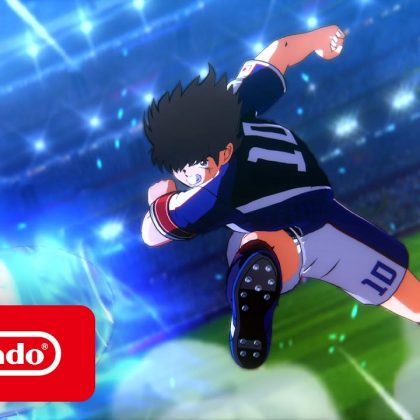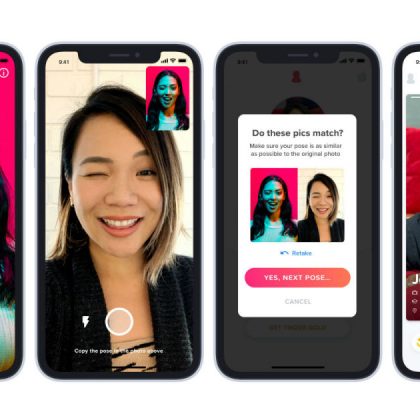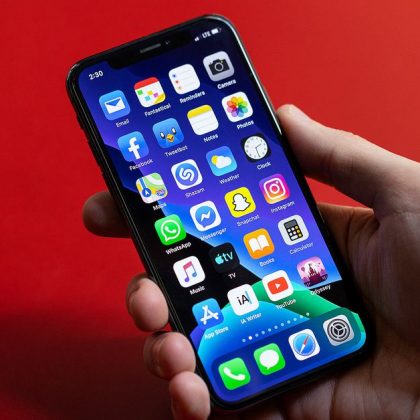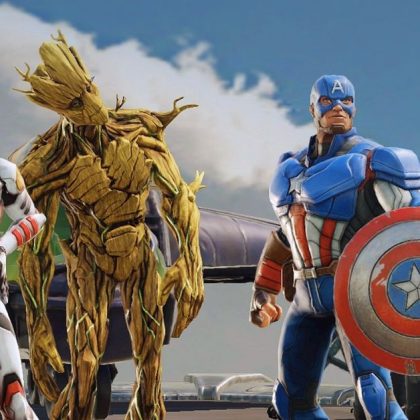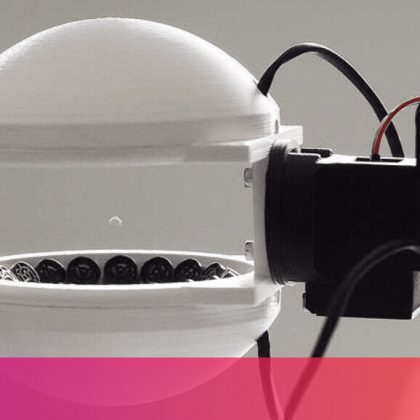Earlier today, our own hoarder-in-chief David Tracy showed us all some pictures of a lovely and strangely tempting manual early 1980s Plymouth Voyager that was for sale somewhere. While I managed not to get snared into David’s thirst trap too deeply, I did realize something about the Voyager’s styling, and that realization led me to realize something about the strange way our brains process images. Hear me out.The styling thing I realized was that the first-gen, pre-facelift Plymouth Voyager/Dodge Caravan/Chrysler Town & Country (1984-1986) front end styling can really be thought of as a pair of Dodge Omni/Plymouth Horizon front faces, stacked one atop the other:Astute readers will also note that this is another example of Late Cold War-Era Default Car Face, just doubled and stacked on the minivan. When I mocked up the double-Horizon face there, I noticed that it was hard to look at, in the same way that our brains have trouble processing images with the ‘double eye’ illusion:Now, the actual Voyager doesn’t cause the same brain-pain as the simple doubling image I made; what’s different? The only significant difference is the absence of doubled grille badges, so I removed them to test:As you can see, I also placed a single, centrally-mounted grille badge on one as well. In looking at these, the uncomfortable feeling that feels like the feeling I get when looking at the double-eye illusion goes away when the double badges are removed, and feels even better when the badge is replaced centrally.I don’t think this is just because cars don’t generally double up badges vertically; I think this is another example of the scientifically-proven idea that gearheads identify cars with the same part of our brains we use to recognize faces, and I believe that a central badge stands in for a “nose” signifier, when present on a car’s “face.”If you’re still thinking it’s just because double grille badges are odd, I don’t think so, and I have some sort of proof. Look at this famous image of Volkswagen’s Dakar-winning Iltis:That Iltis has doubled badges, but they’re doubled horizontally, not vertically, and as such do not trigger the same facial confusion brain-panic that the stacked badges do.Doubling the “noses” forces our brains to process two confusingly stacked faces, like the stacked double eye illusion eyes. Without the nose signifiers/badges at all, our brains have an easier time combining the dual headlamps into two coherent “eye” areas, and when a central badge is placed, it further anchors our car-face-as-human-face instincts and everything feels more “normal.”Now, I’m not a brain scientist, and even if I was, I haven’t had my MRI scanner working worth a damn for years (it just seems to make people’s hair really hot?) but if any brain researchers are out there and want to take this concept and run with it for some sweet, sweet grant dollars, have at it. Just promise me you’ll spend some of that money on that sweet manual Voyager. Those things aren’t common.
Read More
20December

